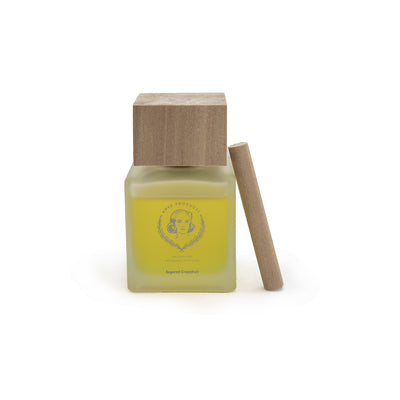Spathiphyllum is a genus of about 47 species of monocotyledonous flowering plants in the family Araceae, native to tropical regions of the Americas and southeastern Asia. Certain species of Spathiphyllum are commonly known as spath or peace lilies.
How to Plant, Repot, and Divide Peace Lilies
- Plant or replant your lilies in a container twice as large as the root ball with well-draining, all-purpose potting soil. The soil should be able to hold moisture and dry out slowly over time. Peace lilies don’t like to dry out entirely, but they also won’t do well if kept in soil that’s constantly wet, as this fosters root rot fungus.
- Repotting the plant every few years in the spring is suitable for the peace lily, as it will appreciate the refreshed soil.
- Eventually, the peace lily may grow too large for its pot, at which point it can be divided. Remove the plant from its pot and split it into smaller plants, being sure to leave several leaves per clump. Peace lilies grow from rhizomes, so they can tolerate a bit of tough treatment during dividing.
Can Peace Lilies be Grown in Water?
Yes, peace lilies can grow in water alone; they are often sold in vases without any soil. Ideally, the base of the plant should be suspended above the water line, either by a specially-made vase insert or a layer of small river stones. This allows the roots to grow down into the water but keeps the base of the plant and its leaves from being constantly wet, which can cause rot.
GROWING
Lighting
- Place peace lilies in indirect but bright sunlight. An east-facing window is perfect, as the plant will be exposed to the bright morning sun. A north-facing window would also be a good choice for a peace lily.
- Keep peace lilies out of areas where they’ll get direct sunlight all day (such as in a south-facing window), as it may dry them out too much.
Watering
- How often should you water your peace lily? It’s not the number that matters but the dryness of the soil that counts. Keep the soil lightly moist to the touch but not overly saturated. Peace lilies can tolerate short periods of dry soil, but their leaves will develop brown tips if they don’t have enough water or humidity.
-
Tip: One nice thing about peace lilies is that they will tell you when they’re thirsty: the plant’s leaves start to droop. When the plant starts to look less “perky” than usual, test the soil with your finger. If it feels dry, it’s time to water again. They can be a bit dramatic; don’t panic if they start to wilt.
- Peace lilies are sensitive to chemicals commonly found in tap water, such as fluoride, which may cause brown leaf tips. Use filtered, room-temperature water, if possible.
Humidity
- Peace lilies enjoy high humidity. Misting their leaves or placing their pot atop a moistened tray of gravel can help to increase humidity around the plant.
Fertilizing
- Peace lilies are not heavy feeders, so fertilize only occasionally. To encourage spring and summer growth, fertilize every 6 weeks or so with a balanced houseplant fertilizer starting in late winter.
Temperature
- Peace lilies are tropical plants; they do best in temperatures between 65°F and 75°F degrees (18 to 23°C) during the day and about 10° cooler at night.
- Keep these plants away from the furnace or a drafty window or door.
Other Peace Lily Care Tips
- The large leaves of peace lilies tend to collect a lot of dust in the home. Gently wipe them down with a wet paper towel occasionally; a thick layer of dust can inhibit photosynthesis.








